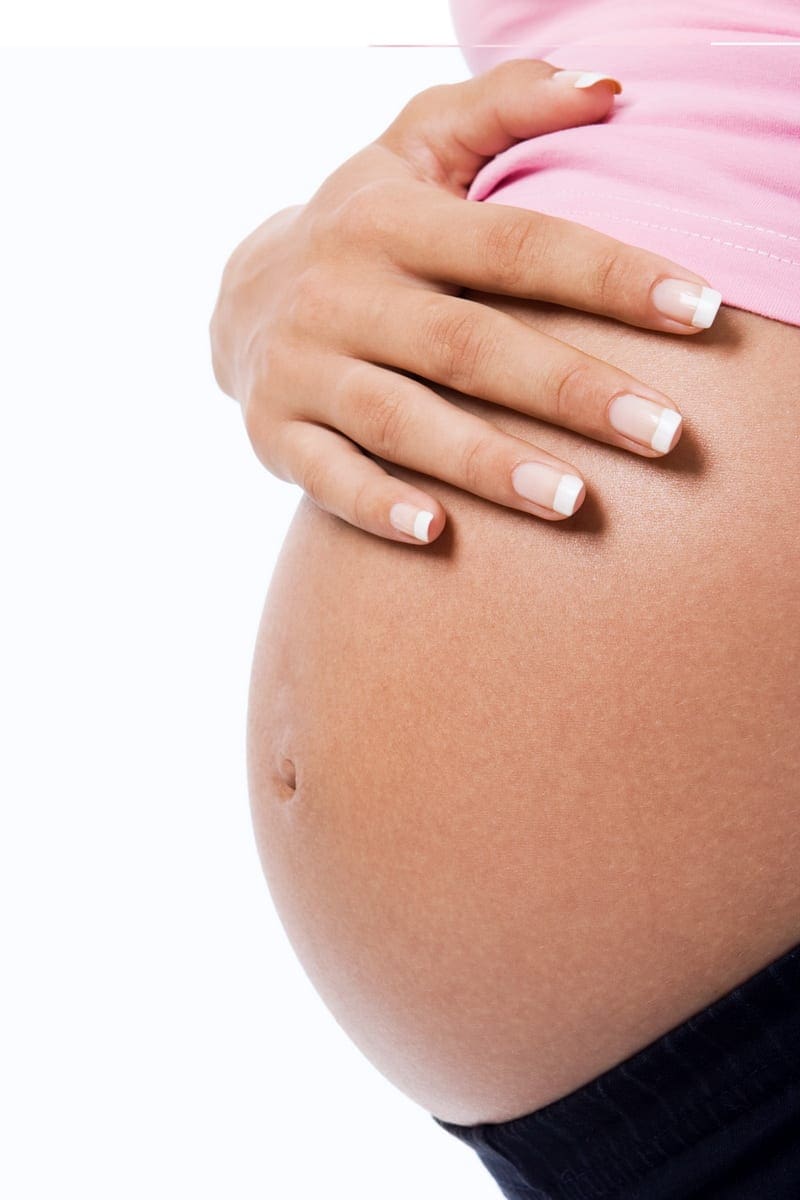Any married woman will probably tell you that carrying a child is one of the most fulfilling things imaginable. But timing is everything when it comes to pregnancy – if it’s not exactly right, it just won’t work.
A missed monthly period can create a feeling of panic about untimely motherhood in some women, while regular monthly cycles may worry others who are desirous of having a baby. So, how does a woman find a surefire answer to her question – “Am I going to have a baby?” The answer may lie in taking a pregnancy test.
Experts have determined that there are around 10 possible signs of pregnancy. If a woman suspects that she may be pregnant, she can look for any of these sign. However, it’s important to keep in mind that there are rare cases where a woman may not experience any of these signs. Additionally, the signs can vary from one woman to another.
(1) The first question that a gynecologist will ask you is whether or not you have missed your period. For women who have always had regular cycles, this is an easy question to answer. However, for women whose cycles have never been regular, it can be difficult to determine whether or not they have actually missed a period. One way to tell if you have missed your period is to keep track of your cycles on a calendar. If you see that you have gone more than two weeks without having a period, then it is likely that you have missed your period.
(2) Women who have regular menstrual cycles can often predict when their next period will be with great accuracy. So, if their cycle is delayed by even one day, they can take a urine pregnancy test. This test is highly accurate and can give a positive result within two weeks of fertilization. Even more accurate is the blood pregnancy test, which can give a result within a week and a half of fertilization.
(3) If a woman has conceived, she may feel nauseous or have vomiting spells one week after conceiving. These are common symptoms that can occur for no specific reason.
(4) Basal body temperature (BBT) is the lowest temperature attained by the body during rest. It is generally lower during the pre-ovulatory phase of the menstrual cycle, rises after ovulation, and returns to normal with the onset of menses. An elevated BBT beyond two standard deviations above the mean for the post-ovulatory phase is indicative of pregnancy.
(5) Different hormones are released during pregnancy, and these can lead to the intestines relaxing. This can cause constipation during pregnancy.
(6) If conception has occurred, the embryo will implant in the uterine wall about a week to 10 days later. So ‘spotting’ can take place. The color is usually light pink, as opposed to regular menstrual bleeding. As the uterus prepares itself to make room for the developing fetus, the mother-to-be may start to experience ‘cramping’.
(7) The areolar areas around the nipples usually darken and enlarge during pregnancy, which is a positive sign. The tiny bumps on the areola may also grow larger and increase in number.
(8) Around three weeks into pregnancy, you may start to notice that your breasts and nipples feel more tender than usual. This is because your body is preparing for milk production. You may also notice that your breasts are larger than they were before you became pregnant.
(9) Carrying and growing a human is not an easy feat. For the first 2-2.5 months, almost every day can feel like a new challenge.
(10) Lastly, pregnancy brings about ‘urinary urgency’. The reasons attributed to this are the pressure being exerted on the bladder by an enlarging uterus, as well as more blood (somewhere around 35% to 60%) being sent to the kidneys due to hormonal secretions, dilating blood vessels and increased blood pressure.











